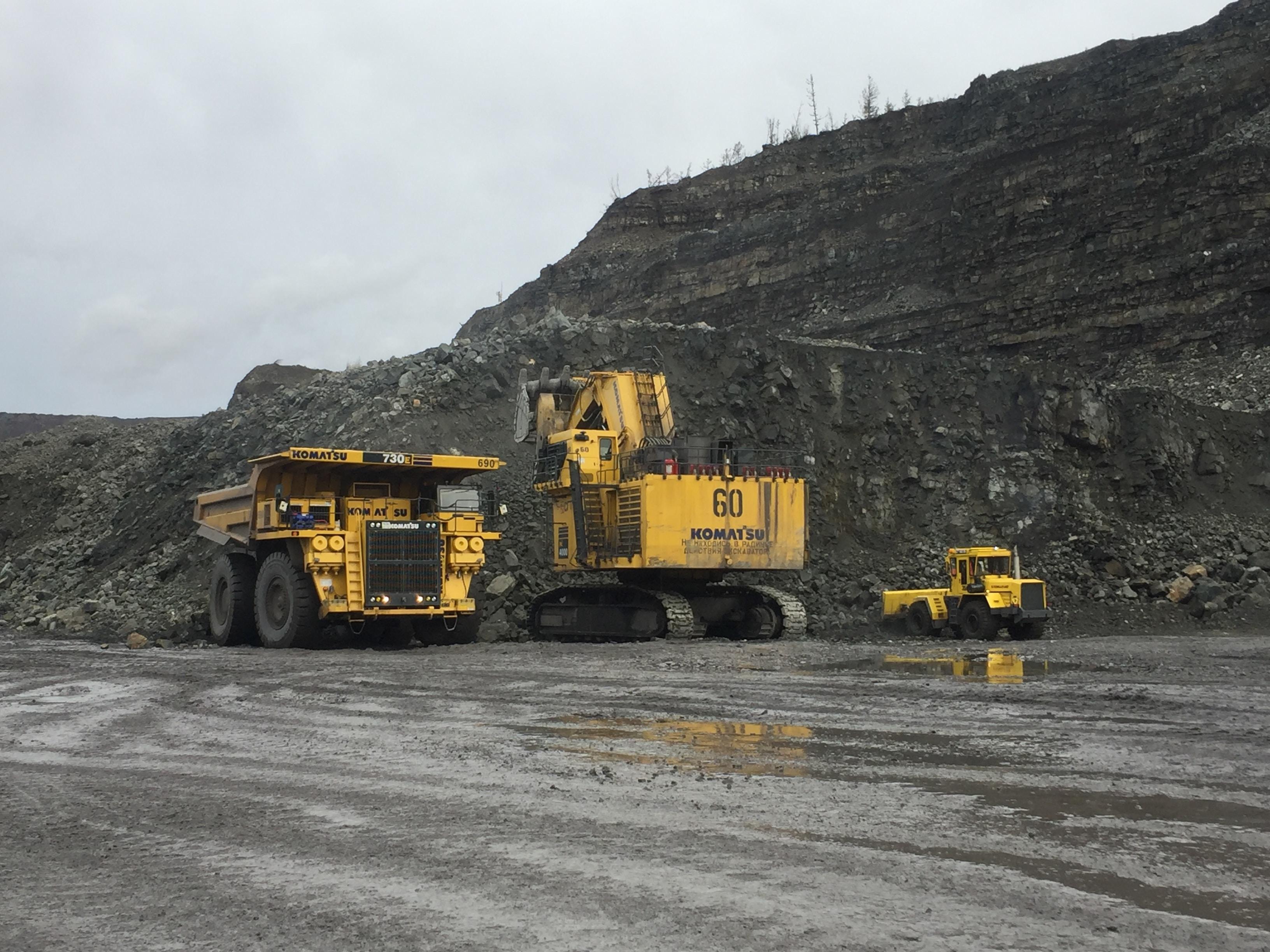Mining Blasting Introduction
Mining operations are inherently complex and dangerous, with the use of explosives often posing the greatest risk to workers and the environment. Ensuring the safe handling of mining explosives is critical to prevent catastrophic accidents, enhance productivity, and maintain a healthy work environment. This article delves into the best practices for handling mining explosives, outlining key guidelines and recommendations for mining companies and their employees.

Open Pit Mine
Proper storage of explosives
A crucial factor in preventing accidents is the proper storage of explosives. Storage facilities should be designed and constructed according to regulatory requirements, ensuring that:
-
They are located at a safe distance from populated areas, ignition sources, and other hazardous materials.
-
They have adequate ventilation, temperature control, and fire-resistant construction.
-
They are equipped with suitable fire-fighting equipment and emergency response plans.
-
Access is restricted to authorized personnel only.
Regular inspection and maintenance
Conducting regular inspections and maintenance of storage facilities and equipment is essential to identify and rectify potential hazards. Inspections should cover:
-
The condition of storage facilities, including their structural integrity, ventilation, and security measures.
-
The condition of explosives and detonating equipment, ensuring they are not damaged, leaking, or otherwise compromised.
-
The adherence to proper handling procedures, including the use of appropriate personal protective equipment (PPE) and adherence to safety guidelines.
Training and competence
Workers handling explosives must be adequately trained and possess the necessary competence to perform their duties safely. This includes:
-
Providing comprehensive training in the handling, transport, and use of explosives, as well as emergency response procedures.
-
Regularly updating training to account for changes in regulations, technology, or work processes.
-
Ensuring that workers handling explosives are certified and licensed according to relevant regulations.

Underground Mine
Transporting explosives
Transporting explosives requires special care to minimize the risk of accidents. This involves:
-
Using vehicles specifically designed and approved for the transport of explosives.
-
Ensuring that drivers are trained in the handling and transport of hazardous materials and are aware of emergency response procedures.
-
Adhering to proper loading and unloading procedures, including segregating incompatible materials and securing the load to prevent movement during transport.
Controlled blasting
Controlled blasting is an essential practice to minimize the risk of accidents during the detonation of explosives. Key considerations include:
-
Careful planning of blast patterns, taking into account the properties of the rock, the type of explosive, and the desired outcome.
-
Adhering to strict safety protocols, including the use of warning signals and blast guards.
-
Ensuring that all personnel are at a safe distance from the blast zone before initiating the detonation.
-
Monitoring the blast to assess its effectiveness and identify potential hazards, such as flyrock or misfires.
Conclusion
Safety is paramount in all aspects of mining, particularly when handling explosives. By following best practices for storage, inspection, training, transportation, and controlled blasting, mining companies can greatly reduce the risk of accidents and create a safer work environment. Regular reviews of safety procedures and a commitment to continuous improvement are vital for maintaining high safety standards in the dynamic and challenging field of mining.
